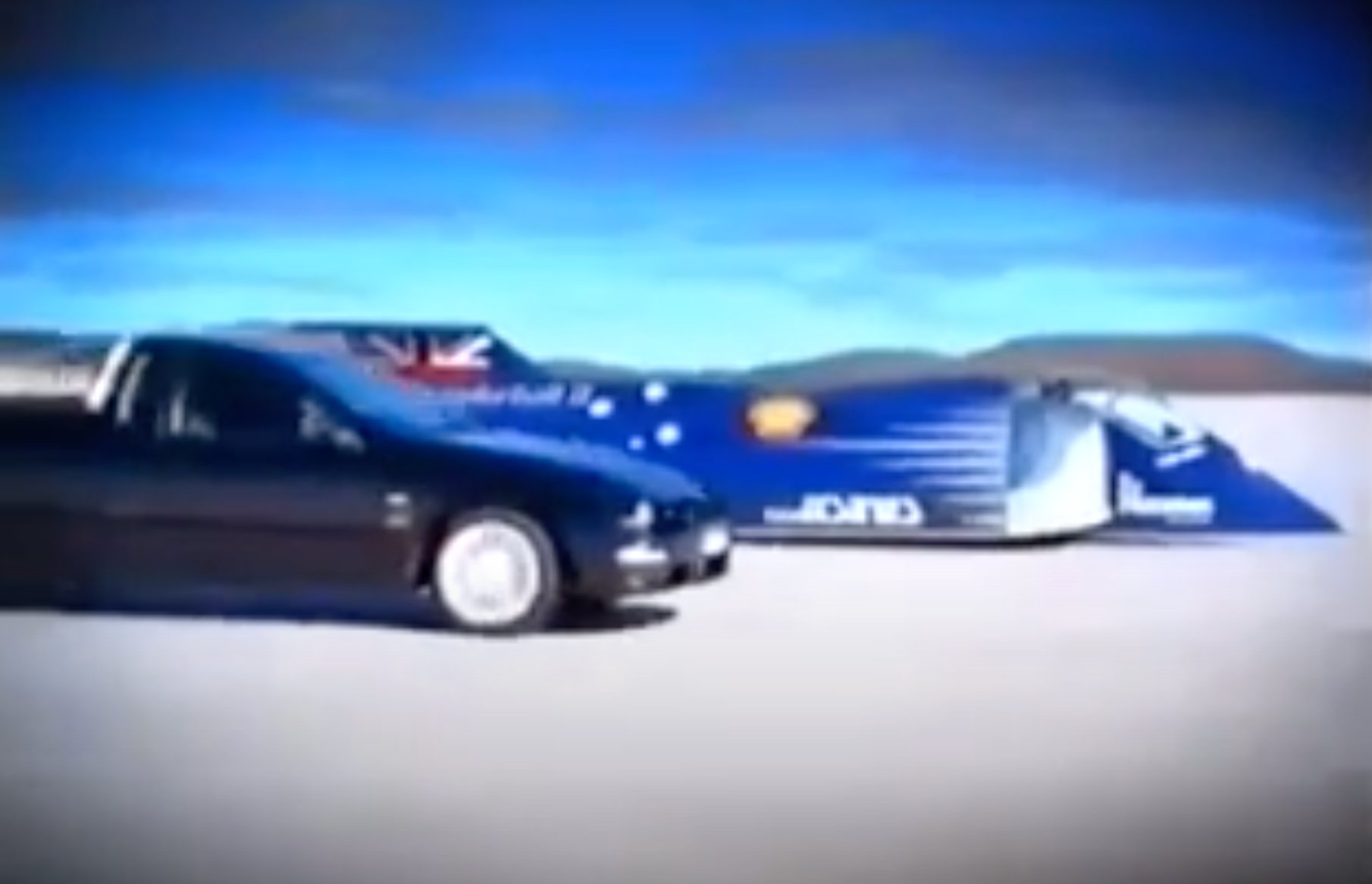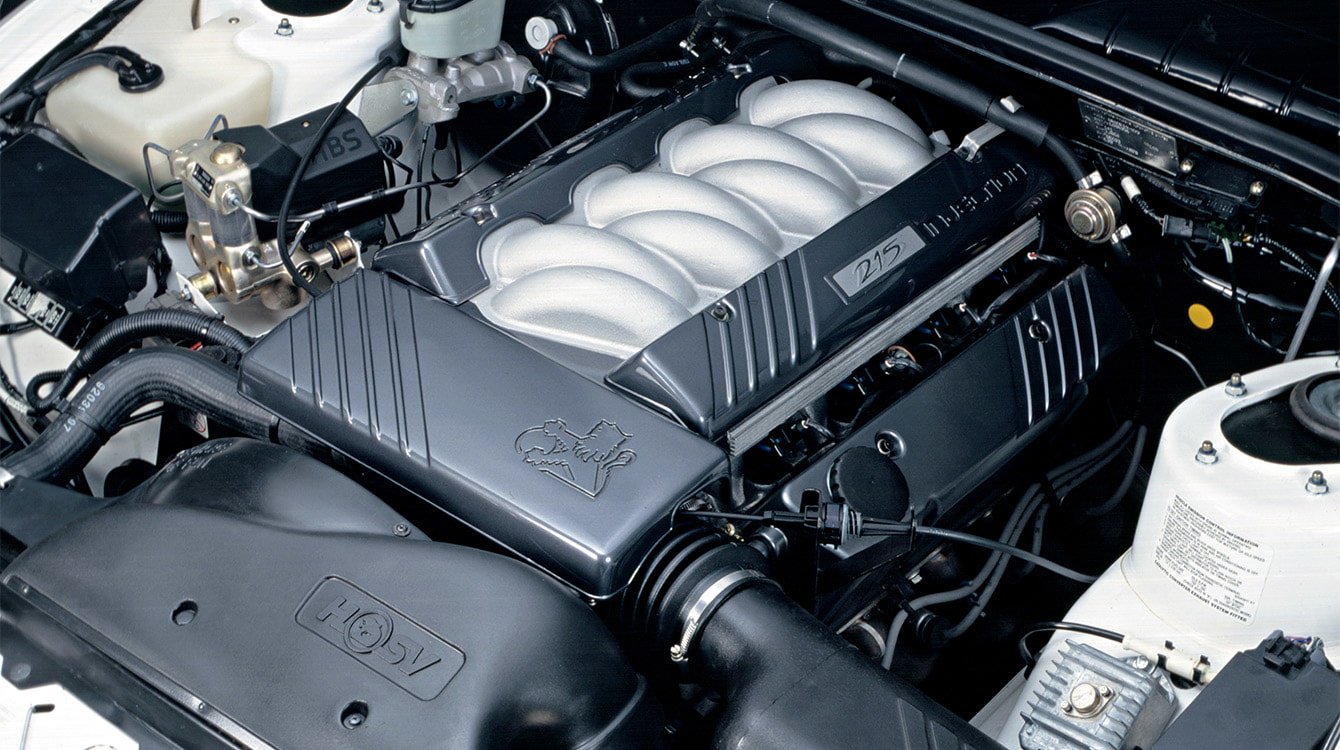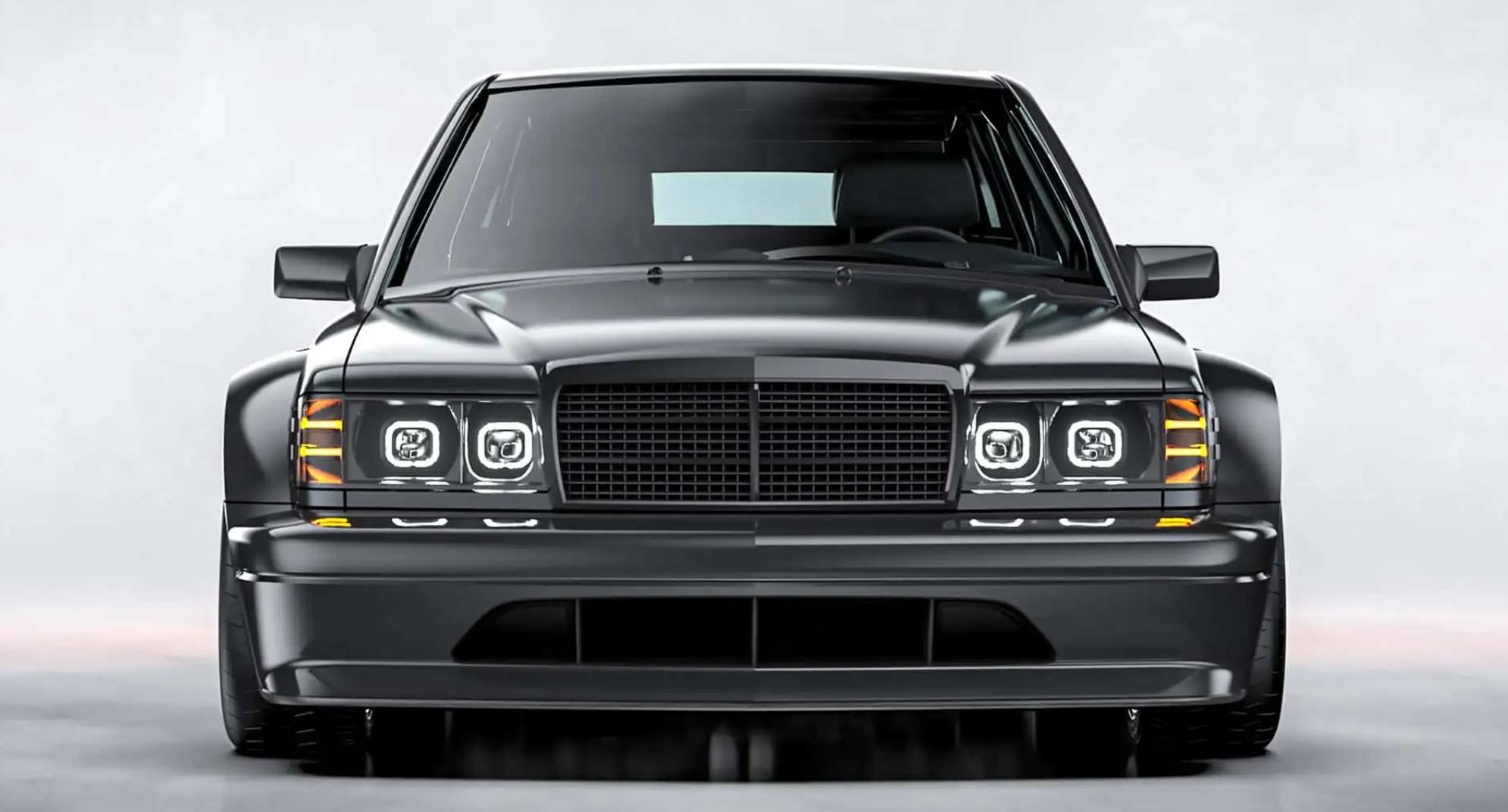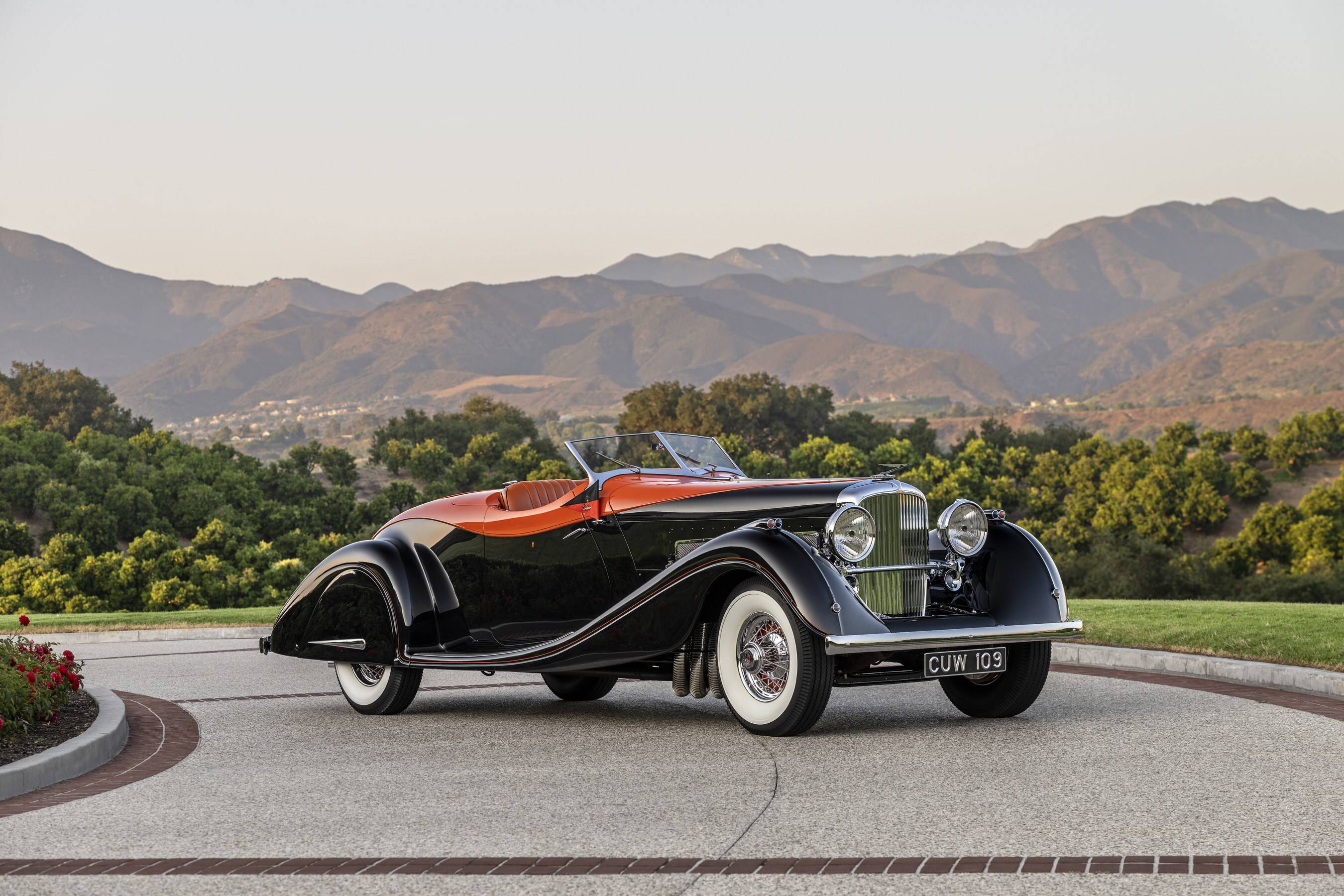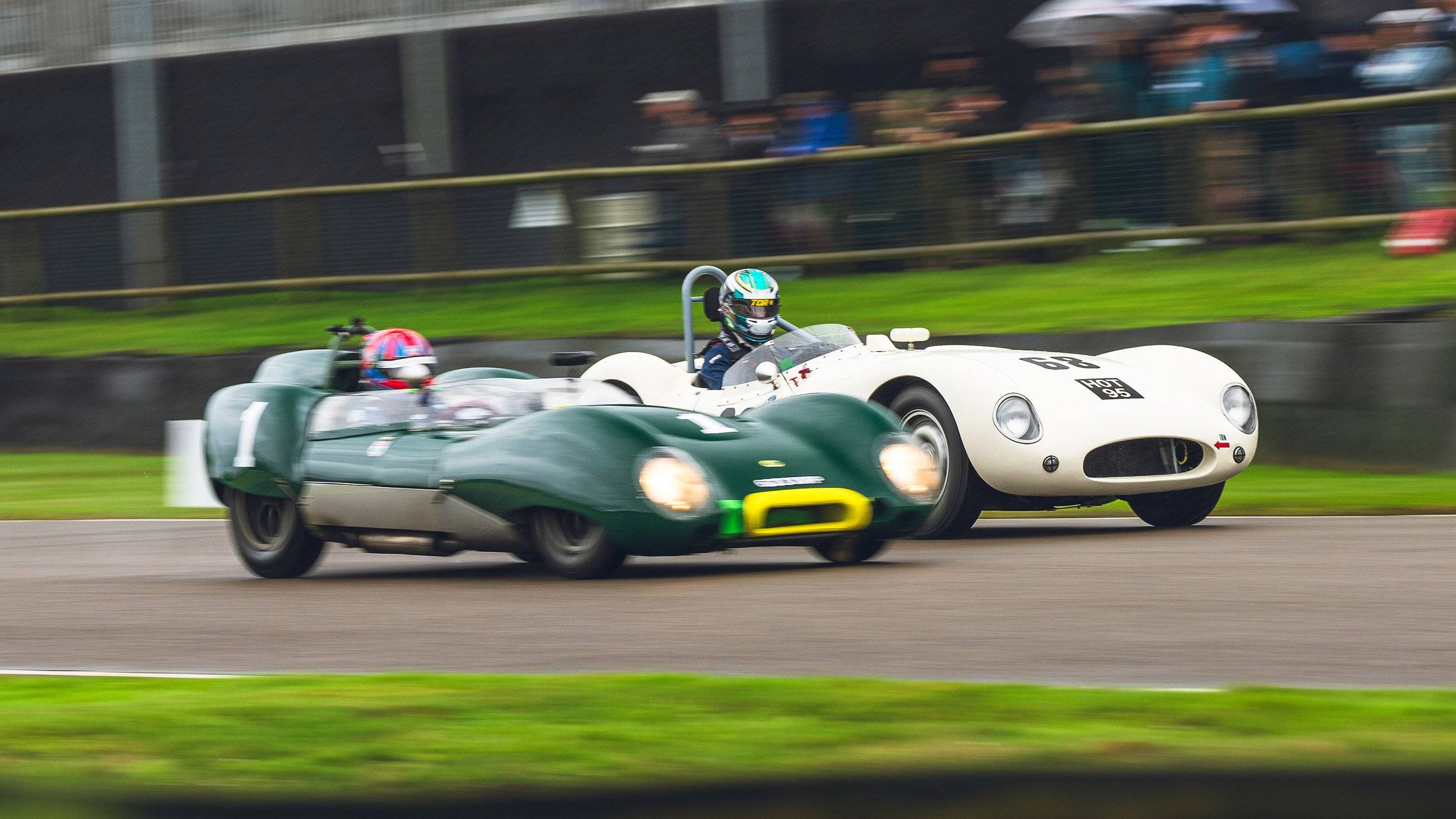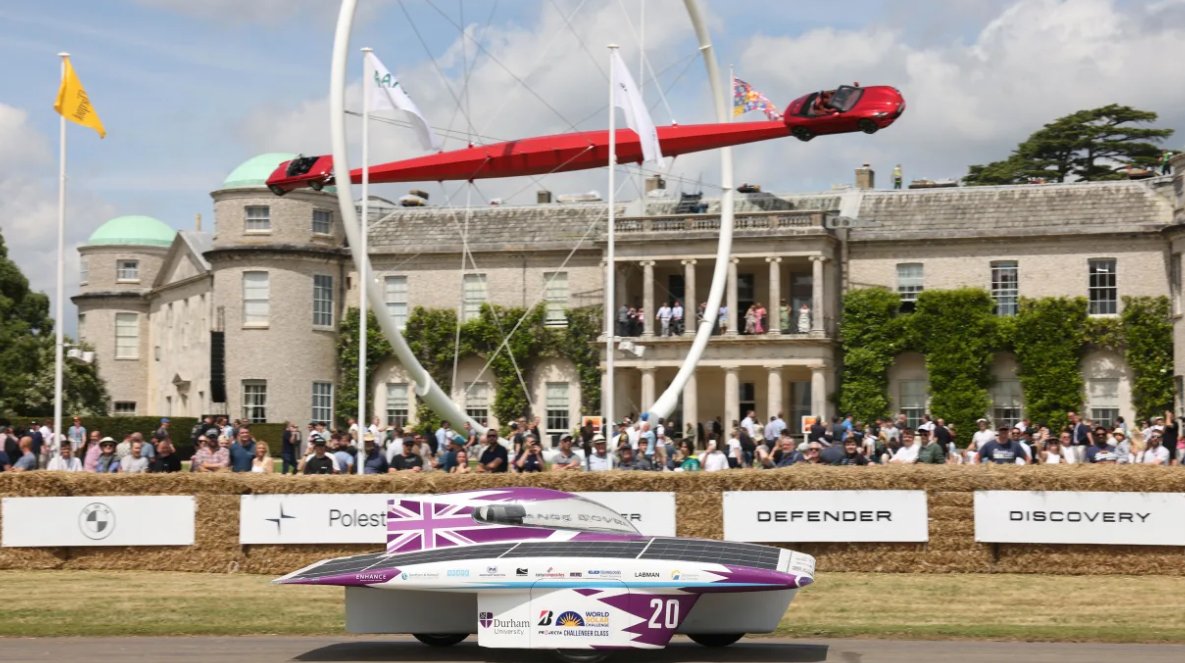Extraordinary Engines: Jaguars' XK Six Cylinder
Cliff Chambers•12 August, 2024
-1-1024x682.jpg)
Long time Jaguar fancier and Retro Rides market analyst Cliff Chambers looks at the exceptional six-cylinder engine that kept Jaguar at the pinnacle of British prestige and sports car design for almost 40 years.
Jaguar’s extraordinary in-line six-cylinder engine came to power everything from the record-breaking XK120 streamliner, to the hearse that carried the coffin of Lady Diana, Princess of Wales, on her final journey.
In 1951, when a Jaguar C-Type crossed the line nine laps ahead of its nearest competitor at the Le Mans 24 Hour race, it left no doubt that an engine cobbled together by four immensely talented engineers in a war-ravaged factory could beat anything the world had to offer.
A decade-and-a-half earlier, as the clouds of World War II gathered, Jaguar realised it had a problem. The engines supplied by sometime rival Standard Cars were old-fashioned and underpowered. Then came news of Standard’s intent to end six-cylinder production and only offer four-cylinder cars once the war ended.
Jaguar founder and Managing Director William Lyons was more relieved than perturbed. He had been dreading the prospect of telling Standard’s irascible Managing Director, John Black, that Jaguar no longer wanted its engines.
Work had already begun pre-WWII on a replacement, with four- and six-cylinder designs on the drawing block of engineering chief Bill Heynes.
All versions used double overhead camshafts and twin carburettors for greater efficiency, but only two versions would survive to see post-War use.
The four-cylinder was designated XF (later XJ) and never saw production. It did stay viable until 1953 though and in 1948 powered an aero-bodied MG to a then record speed of 176.6mph (285km/h).
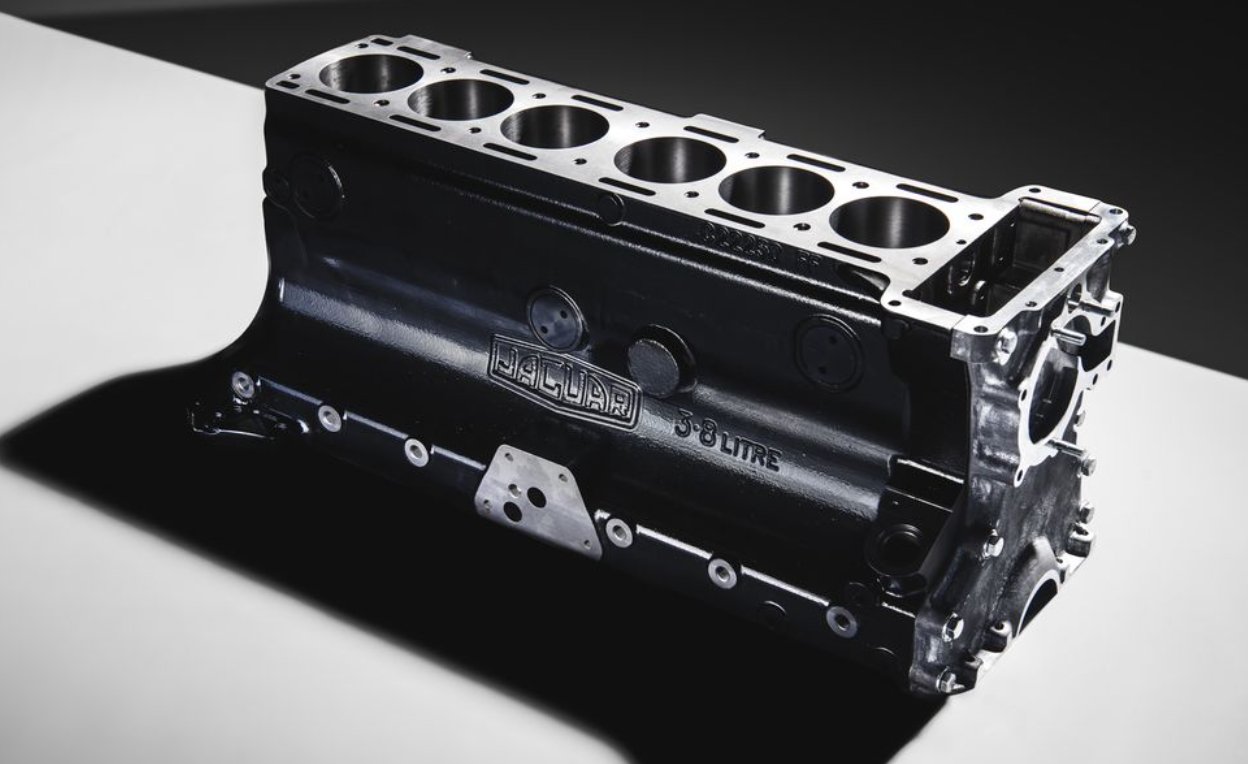
The 3.8 Litre Engine block - Image Jaguar Archive
it was an impressive 172.4mph (277km/h) recorded by a streamlined XK120 sports car.
Lyons’ intention was for the new six-cylinder engine to power an impressive big sedan with global sales potential. As 1948 dawned and with Britain desperate for any kind of export income, especially US dollars, the sedan was a long way from completion and attention turned to a sports car project.
The open-top two-seater was to be built in two versions: an X100 with the four-cylinder, 2.0-litre engine and X120 with a 3.4-litre six. The numbers reflected speeds the cars were expected by Jaguar to attain; 100mph and 120mph respectively.
When a prototype of the new XK was exhibited at the 1948 London Motor Show, no mention was made of the car’s capacity, or even whether it was fitted with an engine at all.
Lyons had said he wanted an engine that looked good and that is what show-goers in 1948 saw. The block of the XK engine on display was tall and narrow, made of cast iron and topped with a cylinder head in cast-aluminium to reduce weight. It had overhead camshafts hidden beneath polished alloy cam covers and driven by chains in a polished alloy housing. The carburettors were twin SU in alloy and brass, the exhaust manifolds in two sections and stove enamelled.
A year later and with hand-made aluminium-alloy bodywork, a production version of the XK120 did appear and quickly brought crowds to showrooms across Jaguar’s global market.
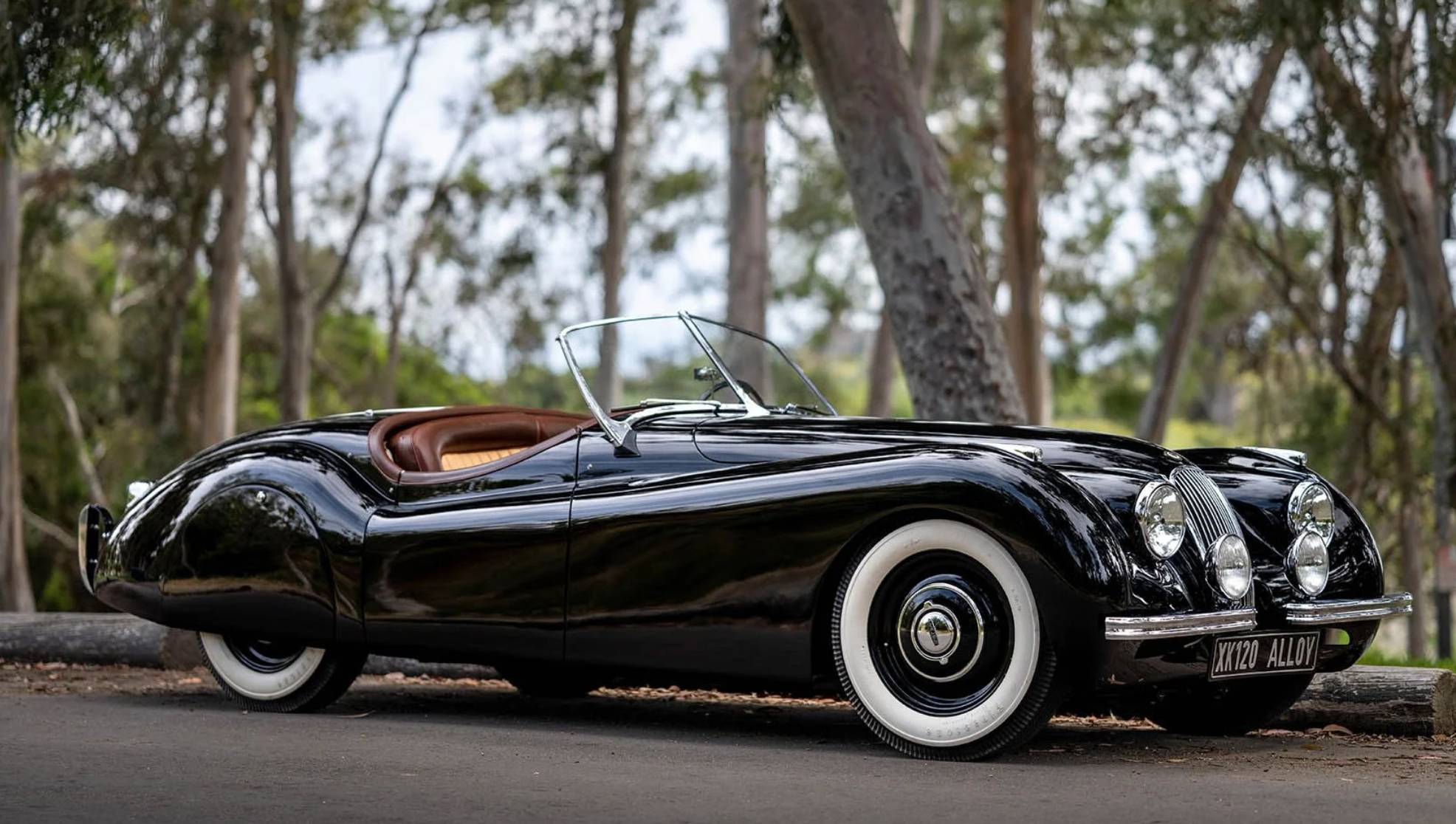
Early Jaguar lines are something else - Image Jaguar Archive
Only 240 alloy XK120s were made before Jaguar adopted all-steel construction. Tests on a section of Belgian autoroute also proved the cars’ actual top speed (132mph) to exceed the manufacturer’s target quite easily.
Fixed-roof versions and a more luxurious Drophead would eventually flesh out the XK range, but by 1951 the car for which the DOHC engine had been designed was ready for release.
The Mark VII was a sleek and very imposing four-door sedan. The grille hinted at Rolls-Royce, the tall sides and small windows aided occupant anonymity. And the performance was nothing short of stunning.
Early versions were all four-speed manual without overdrive, yet top speed was still 104mph (168km/h). From late 1953 when Borg Warner automatic transmission was offered in an updated version, owner grumbling about inadequate, all-drum brakes grew louder. However, nothing would change until 1957 when a Mark VIII version with all-wheel discs appeared.
They say that racing improves the breed and the engine powering these various Jaguars was a direct beneficiary of Jaguar’s five Le Mans 24 Hour victories. The first came in 1951 with a streamlined C-Type version of the XK120, followed by another C-Type win in 1953 and three between 1954 and 1957 with Jaguar’s finned D-Type.
In 1961 Jaguar introduced a new car that showcased an enlarged, 3.8-litre version of the XK engine. The E-Type has since come to be widely regarded as the most beautiful sports car even made and with its triple carburettors could reach a top speed of 150mph (242km/h).
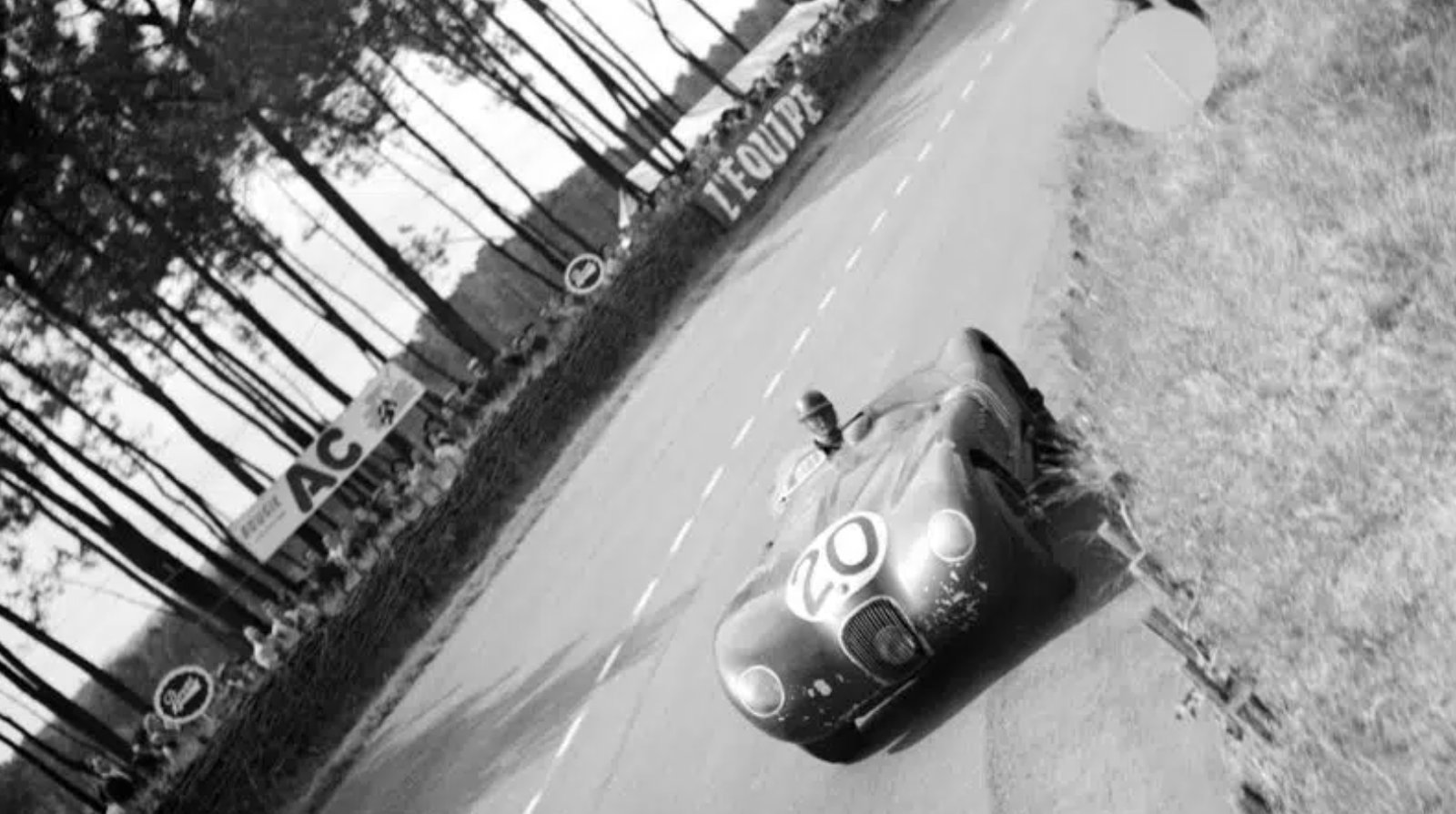
Jaguar taking on Le Mans in 1951 - Image Jaguar Archive
Jaguar’s focus remained mainly on executive sedans and throughout the 1960s as these cars grew larger, so did their engines. Following experiments in Australia by Jaguar racer Bob Jane it was found that the capacity of the XK block could safely reach 4235cc (4.2-litres) and a new life for Jaguar’s enduring power unit began.
The big Mark X was the first saloon to benefit, along with an upgraded E-Type. Jaguar for 1966 then released a 420 Compact that would be a prelude to the main act – William Lyons’ amazing XJ6.
This most modern and innovative four-door was designed around the XK in-line six, but with space to accommodate a still secret V12. To sell cars into countries which imposed heavy penalties on large capacity cars, the engine was also produced in 2.8-litre and later 3.4-litre form.
The XJ6 and its in-line engines flourished throughout the 1970s, powering Series 2 and Series 3 versions including the beautifully proportioned XJ-C two door.
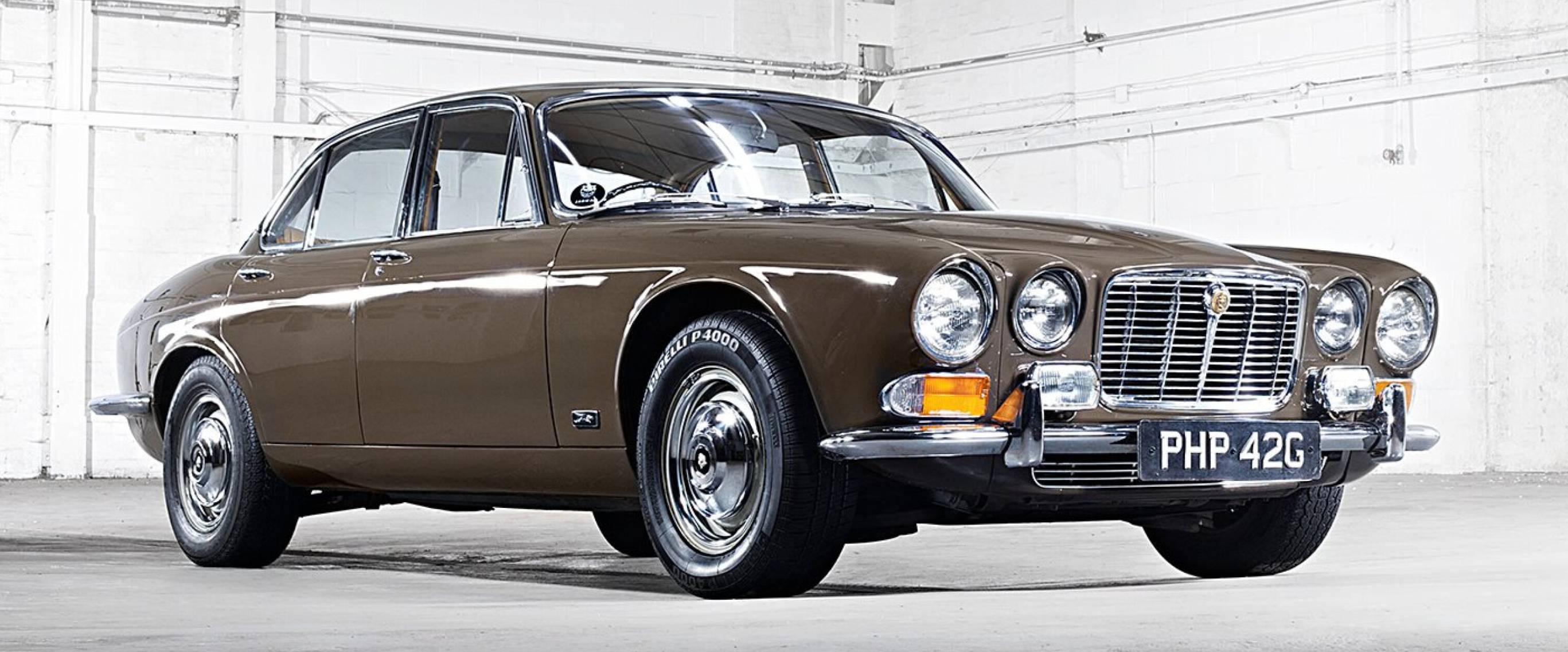
The Jaguar XJ6 is a timeless classic - Image Jaguar
After Jaguar switched to a single camshaft, fuel injected AJ6 engine for its XJ models, the XK motor remained in production to serve subsidiary and client applications. These included engines for the Daimler DS420 limousine which was produced until 1992.
These imposing cars were sometimes seen carrying members of the British Royal Family. Most famously and with hearse bodywork, one carried the coffin of Lady Diana, Princess of Wales, on her final journey.
Jaguar engines were also fitted to British military vehicles including the Scorpion light tank, built by Alvis, and Samson armoured recovery vehicle.
During the 1970s the now defunct Dennis fitted 4.2 Jaguar engines to its fire engines, many of which saw service in Australia until the late 1990s.
Cliff Chambers

Get The Latest
Sign up for the latest in retro rides, from stories of restoration to community happenings.
